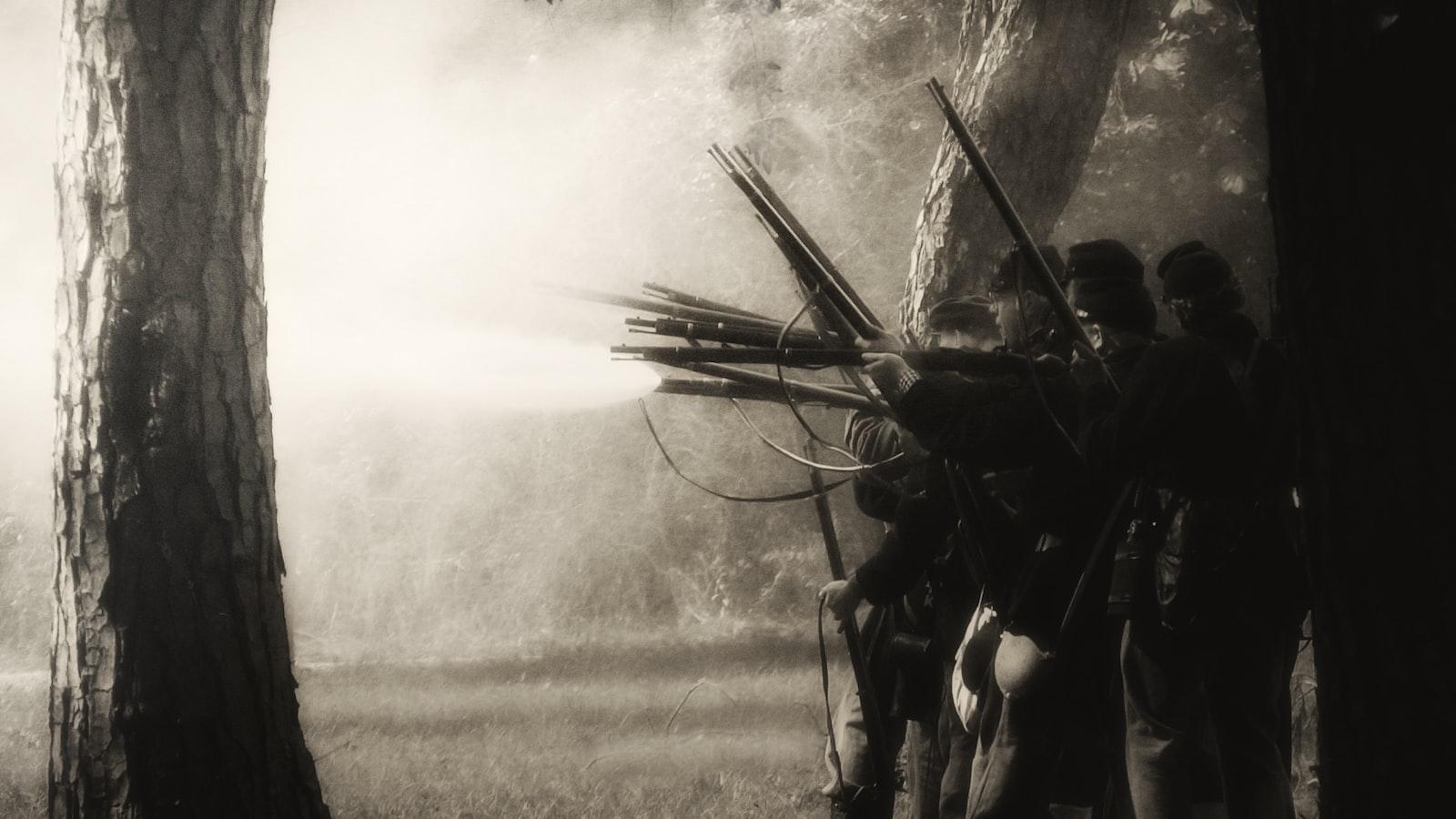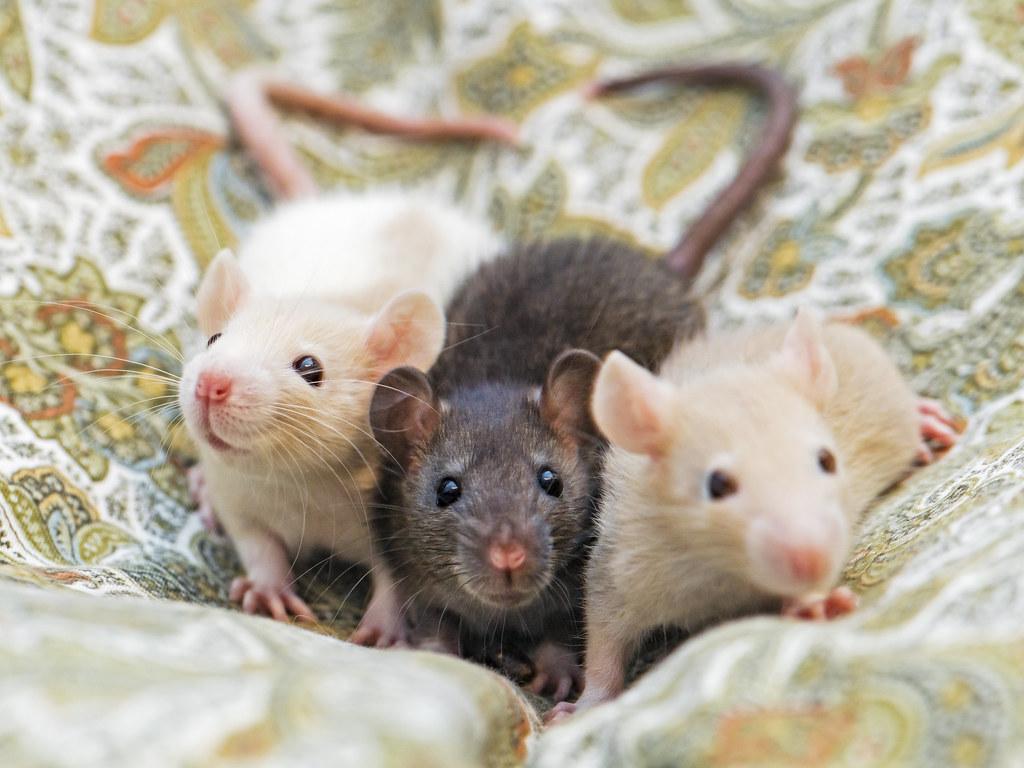Using a straw is an important part of learning to drink independently. It can help your baby develop the skills and coordination needed for drinking from a cup. But when is the right time for your baby to start using a straw? This article will discuss when babies can use a straw, and how you can help your baby learn to use one safely and effectively.Babies can usually start using a straw when they are between 9 and 12 months old, as this is usually when they have the muscle control and coordination to safely hold and use a straw.
What Age Is Appropriate For Straw Use?
The age appropriateness of straw use can vary depending on the child’s development. Generally, straw use is appropriate for children over twelve months of age. At this age, they develop the coordination and balance needed to safely drink from a straw. It is important to make sure that any straws used by young children are age-appropriate and properly sized for their mouths.
For younger babies, a sippy cup with a spout or no-spill cup is typically recommended as they are easier to control and less likely to cause spills than a straw cup. These options may also be beneficial for toddlers who are just beginning to transition away from bottles or breast milk.
Drinking from a straw can help improve coordination and fine motor skills. It is also beneficial in helping children learn how to control the flow of liquids as well as their drinking habits. However, it is important to remember that each child develops at their own rate, so it is best to introduce new cups gradually and monitor your child’s progress as they learn how to drink safely from them.
It is also important to provide plenty of guidance when introducing a straw cup or other type of drinking device. Make sure your child knows how to hold the cup correctly, sip gently, and not suck too hard on the straw. With regular practice and patience, most children will eventually master drinking from a straw with ease.
Potential Risks Associated With Using A Straw Too Early
Using a straw too early can present a number of risks to a baby’s health and development. One of the primary concerns is the risk of aspiration, which is the inhalation of liquids into the lungs. This can occur when a baby has not yet developed the physical skills necessary to safely use a straw and can be very dangerous.
Another potential risk associated with using a straw too early is that babies may learn an incorrect technique for drinking from it. This could lead to problems with feeding later on in life, such as difficulty mastering certain textures or difficulties swallowing food properly.
Using a straw too early may also cause dental issues, such as misalignment or overbite, due to the unnatural posture required for drinking from one. Additionally, using a straw too early can lead to increased choking risk if not used properly, as well as decreasing appetite due to over-consumption of liquids at meal times.
It is important to remember that while it may be tempting to introduce a straw at an earlier age, it is important that parents wait until their child has developed the physical skills necessary for safe usage before introducing one into their diet.
Monitoring Your Baby When They Use A Straw
It is important to monitor your baby’s safety when they are using a straw. This is especially true if your baby is learning to use a straw for the first time. Here are some tips to help you ensure your baby’s safety while they use a straw.
The first and most important thing to do is to make sure that the straw is the right size for your baby’s mouth. If the straw is too large, it can cause choking and other dangerous accidents. You should also check the material that the straw is made of, as some materials can be toxic if ingested.
When teaching your baby how to use a straw, it’s important not to rush them. Make sure you take enough time to show them how it works and explain why it’s important not to suck too hard on the straw. Once your baby has mastered using a straw, you should still supervise them while they use it, as accidents can still happen even with older kids.
You should also make sure that any liquids or food items that your baby drinks through a straw are not too hot or cold for their mouth. Too much heat or cold can cause serious burns in young children and should be avoided at all costs.
Finally, make sure that you replace any damaged or worn-out straws regularly, as these can also present a choking hazard if left unchecked. By following these simple steps, you can help keep your little one safe while they learn how to use a straw properly.

Conclusion
Parents should take a few precautions when introducing straws to their babies. Parents should always ensure that the straws are age-appropriate and made of materials that are safe for their baby. Straws should not be given to babies younger than 6 months of age, as they do not have the coordination or muscle control to use them properly. They should begin with straw sippers and then graduate to open-ended straws with thicker liquids like smoothies or shakes. When it is time to introduce a straw, parents should watch their baby carefully and make sure they are drinking in a safe position.
To sum up, while it can be exciting for parents to introduce a new feeding device to their baby, it is important that parents take the necessary precautions when introducing straws. This will ensure that their baby is drinking safely and comfortably.




